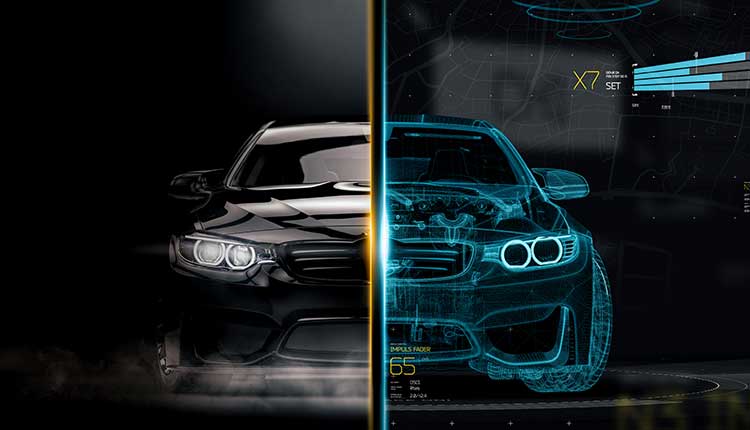- 20-05-2021
- Articles
Die Casting: the solution towards lighter vehicles
The automotive industry is striving to meet the challenges of a changing marketplace. Meanhwile, production processes are evolving to create lighter vehicles from larger and more complex die cast parts. As a leading supplier of Zamak, Magnesium and Lead die cast parts for the automotive industry, Gurelan covers the latest developments in pressure die casting and injection moulding for automotive applications.

As most developed countries work to reduce emissions and create greener and more sustainable transport solutions, the automotive sector is being forced to do the same. One of the direct consequences of the desire to reduce emissions is the automotive industry´s focus on making new vehicles lighter, whether electric or not. The aim is to reduce overall vehicle weight in order to improve fuel economy, driving range and emissions of the growing number of hybrid and electric vehicles on our streets.
How to make lighter vehicles?
Engineers are increasingly using innovative materials and high-precision production techniques such as die casting to create lighter components for powertrains, drives and structural systems in order to reduce the weight of the vehicle. These new materials - carbon fibre composites, magnesium or new steel alloys - require rethinking traditional manufacturing and assembly processes throughout the automotive industry and the adoption of new technologies and techniques.
When it comes to die casting parts for the automotive industry, engineers must particularly intend to improve the quality and productivity of vehicle components. In addition, the industry is increasingly demanding a reduction in production costs, as well as lowering the environmental impact of the die casting process.
New materials and alloys certainly represent the future of the automobile. As an example of this, in 2021 Gurelan´s production of Magnesium die cast parts for the automotive sector has increased by 30%.
A shift towards larger die cast parts
As we know, the automotive industry is one of the leading sectors in automation, and many manufacturers have already embraced Industry 4.0. Physical and digital processes are increasingly linked in an attempt to create smarter and more efficient production lines. However, the pressure to combine efficiency with the use of lighter materials, such as Magnesium used in Gurelan die cast process, indicates that a significant shift is underway.
Die casting has been a key manufacturing process for the automotive industry since the early days. Used traditionally to cast parts such as engine blocks and transmission cases, die casting is becoming increasingly common when it comes to casting single-piece structural elements such as shock towers and torque bars, making this automotive parts manufacturing technique one of the industry´s greatest allies to achieve the goal of weight reduction.
New die cast parts for future lighter vehicles
For example, the reknowned Californian electric vehicle manufacturer Tesla has recently announced major changes in its production methods: the use of a single die cast part, one-piece underbody structure instead of a combination of multiple welded and stamped components. This will require the world´s largest die casting machine, capable of producing a single part of this dimensions. It could be a first step towards an important breakthrough in the automotive industry and the automotive die casting sector.
For any industry that relies on metalworking, die casting has always been a popular choice. It owes its widespread use to the fact that it is versatile, reliable, accurate, and repeatable. As a leader in die casting Zamak, Magnesium and Lead top quality parts for several applications, Gurelan offers an innovative approach to finding solutions that will optimise die casting processes, reduce costs, advance safety and drive sustainability. By embracing the latest technologies, Gurelan can meet current requirements to reduce the impact of their products and processes on the planet, adapting to each sector and application.